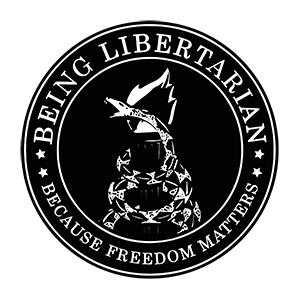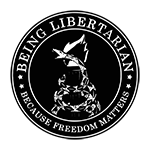This edition of Scoring for Liberty will involve my own hometown and the sports franchises that I love, but have had a bad history of government funding and favors.
The city has had an odd history of teams coming and going; St. Louis has had two different Major League Baseball teams (the Cardinals & the Browns, who are now the Baltimore Orioles), four different professional football teams (the St. Louis Allstars in 1923, the Gunners from 1931-1940, the Cardinals from 1960-1987, and the Rams from 1995-2016), three hockey teams (the Flyers, Eagles & the Blues), and two basketball teams (the Bombers & the Hawks).
Early sports teams ended usually due to lack of funding or because of bad records, but in the 1960’s the city began promising new stadiums to keep the teams in town. The first occurrence happened in 1960, when the St. Louis Cardinals football team owners were promised a new stadium if they did not relocate to Atlanta, who was having a new stadium built.
St. Louis’s first jump into public funding of sports venues would occur in 1923, when voters passed a proposition that allocated $5 million to build the new Kiel auditorium that would become the venue for the Saint Louis University Basketball team, and the St. Louis Hawks, but would ultimately be demolished in 1991 to build the new Kiel center (now the Scottrade Center) that would house the St. Louis Blues (who had previously been playing in the privately-funded and privately-owned Checkerdome/St. Louis Arena).
The following years would see the team winning division titles, but not winning any playoff games, leaving fans with a less than popular opinion of the team. “When the Cardinals moved to Phoenix, there wasn’t the fan outcry like in Cleveland or Baltimore — the team hadn’t given us much to hang onto, besides a lovable group of personalities and a schedule that brought the Cowboys, Giants, Eagles and Redskins to town every year,” describes NFL media reporter Steve Wyche when he was a follower of the Cardinals.
Ultimately, the team’s poor overall record caused lower attendance and the owner’s rejection of the city’s proposal to build an open-air stadium led them to relocate to Arizona in 1988. This didn’t dishearten the city, as officials began to draft legislation to build a new domed stadium to attract a new NFL franchise.
Their prayers were answered when the Los Angeles Rams decided to move to St. Louis after being offered a $260 million stadium with a one-sided lease owned by the city. The relationship between city and sports teams to build stadiums did not cease, as St. Louis came into an agreement with the Cardinals baseball franchise to build a new Busch stadium downtown in 2002.
The overall point of this large history lesson in St. Louis sports is that because of these initiatives to fund stadiums and renovations, the city has been held hostage multiple times by franchises who always seem to demand more when their ticket sales drop or the team performs poorly.
St. Louis Rams owner, Stan Kroenke, sought a $1 billion stadium because a clause in the lease allowed the team to leave for another city if the Edward Jones Dome fell out of the top NFL arenas. So, Kroenke did what most NFL franchise owners do, try to get the city to fund a new stadium that would be of the magnitude of the Dallas Cowboy’s $1.15 billion stadium.
Since the city wasn’t able to figure out how to fund the stadium quickly enough, the team moved to Los Angeles and left the city saddled with a stadium that put them $144 million in debt. And now the St. Louis Blues are trying to force the city to fund renovations to the Scottrade Center, even though the city comptroller refuse to sign the bill because the $105 million fund will hurt the city’s credit rating.
The odd tale of St. Louis sports should serve as a cautionary tale to any city that wishes to fund a stadium to attract a franchise. Once the expectation is set that the city will provide everything for the team, they are at the mercy of greedy owners and boards, and the taxpayers foot the bill.
And even with all that money, a beloved sports franchise that made a city light up when they won the Super Bowl and became the greatest show on turf, can be suddenly stripped away.
Featured image: wallpaper.wiki
Want to write for Being Libertarian? Click Here.
Luke Henderson
Latest posts by Luke Henderson (see all)
- The True Reason for the Abortion Debate - March 18, 2021
- Changing Mr. Potato Head Is A Meaningless Gesture - February 27, 2021
- The Libertarian Case for DC Statehood - February 14, 2021








